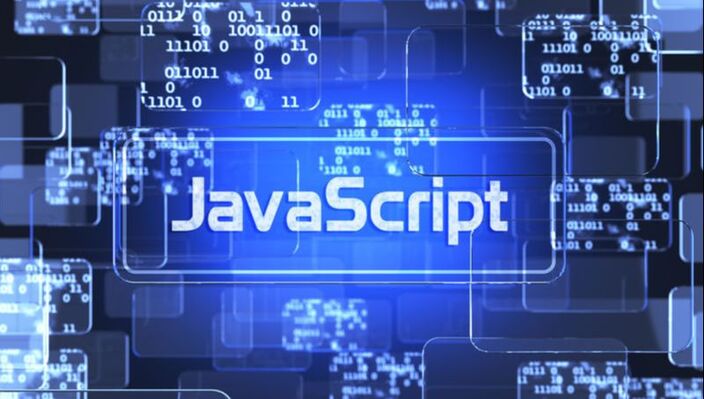
The Supreme Court recently issued its long-awaited decision in Google LLC v. Oracle America, Inc. (2021), a copyright infringement case dealing with portions of Oracle’s highly successful Java programming software. The Court assumed, without deciding, that the portion taken was copyrightable, but held that Google’s copying and use of it was a “fair use,” and hence not liable for infringement.
The Court’s fair-use analysis seems to break new ground in considering several of the four statutory fair-use factors. But the opinion emphasized that it did not intend to “overturn or modify our earlier cases involving fair use” and that the unique nature of software in general, and the particular kind of software used by Google, led to the result, which could be very different in other copyright cases.
So, will the Google decision cause a sea-change in fair-use cases, or will it simply be ignored outside a narrow set of copyrighted works? That remains to be seen. In a recent Second Circuit case involving artwork by the late Andy Warhol, the plaintiff already petitioned for rehearing based on the Google decision. So we may soon learn the extent that the Google decision affects copyright law.
The Copying At Issue In Google
The case involves a type of software called an API, which stands for Application Programming Interface. It allows computer programmers to use pre-written code to build certain functions into their own, new programs. This can be an enormous time saver, as a good API can call on a library of thousands of functions.
There are different parts of the API. One part, termed the implementing code, tells the computer how to perform the function. The programmer then uses “method calls” to call the particular desired function by name. An intermediate part of the program, termed “declaring code,” connects the method calls to the implementing code, acting as a kind of address to inform the computer where the relevant implementing code can be found.
Google did not copy any implementing code. It wrote most of its own declaring code as well, but copied a portion of Oracle’s copyright declaring code. It used the declaring code to create the Android platform, an environment that allows programmers to create Apps that are used on smartphones utilizing the Android program.
The Court’s Fair-Use Analysis
As would be expected, the Court considered the four fair-use factors set out in the statute, 17 U.S.C. 107. But the way it treated certain of the factors seems to deviate from prior opinions.
Uncharacteristically, the Court first considered the second factor, the “nature of the copyrighted work.” It emphasized that not only was the portions of Java copied by Google highly functional, but they were “inherently bound together with uncopyrightable ideas (general task division and organization) and new creative expression (Android’s implementing code).” Furthermore, much of the value of this part of the code lay not in its inherent creativity, but in the fact that Oracle encouraged programmers to become familiar with, and want to use, this particular set of commands. All of this meant that the copyright owned by Oracle was “thin.”
On the first factor, the “purpose and character of the use,” the Court noted that this factor looks to whether the second user “adds something new, with a further purpose or different character, altering” the copyrighted work “with new expression, meaning or message.” Google used Oracle’s declaring code to create “new products,” i.e., a programming medium for smartphones, an area of technology that Oracle had never entered.
On the third factor, “amount and substantiality of the portion used,” the court held this favored Google, because it only copied a very small percentage of the overall Java code.
Finally, turning to the fourth factor, “market effects,” the Court held (1) that Oracle’s own market was not affected, because it had never entered the market for programming of smart phones and (2) that there has to be a balancing of the public good from the use against the lost revenue.
A notable aspect of the decision is that the court emphasized that the fair use concept is “flexible, that courts must apply it in light of the sometimes conflicting aims of copyright law, and that its application may well vary depending upon context.” The purpose of the Copyright Act is to foster and encourage creativity, and where copyright protection stifles that, courts should bend fair use so that copyright accomplishes its goal.
Each of these seems to break new ground in fair-use law. For example, one can discern a gestalt consideration that hovers above the four fair-use factors – will finding that the accused party’s use is “fair,” and hence not infringing, inhibit or foster creativity? If a court is convinced that denying fair use will stifle creativity, it should lean towards finding fair use.
Similarly, that Google used the very same type of expression (computer declaring code) simply to create a new product (smartphone programming platform), would until now generally not be thought of as transformative under the first factor.
The Andy Warhol Case
Less than two weeks prior to Google, the Second Circuit decided The Andy Warhol Foundation for The Visual Arts, Inc. v. Goldsmith (2021), in which the Second Circuit rejected a fair-use defense in a case involving the late Andy Warhol’s use of a copyrighted photograph of Prince to create a piece of artwork. After the Google decision came out, the Andy Warhol Foundation wasted little time in moving for rehearing, arguing that the Supreme Court decision required a different outcome. Not surprisingly, the photographer opposed, arguing that the Google decision should be limited to software, as the Court seemed to hint.
So in short order, one federal appeals court may decide how much of an effect the Google decision will have on copyright law outside the context of software.
